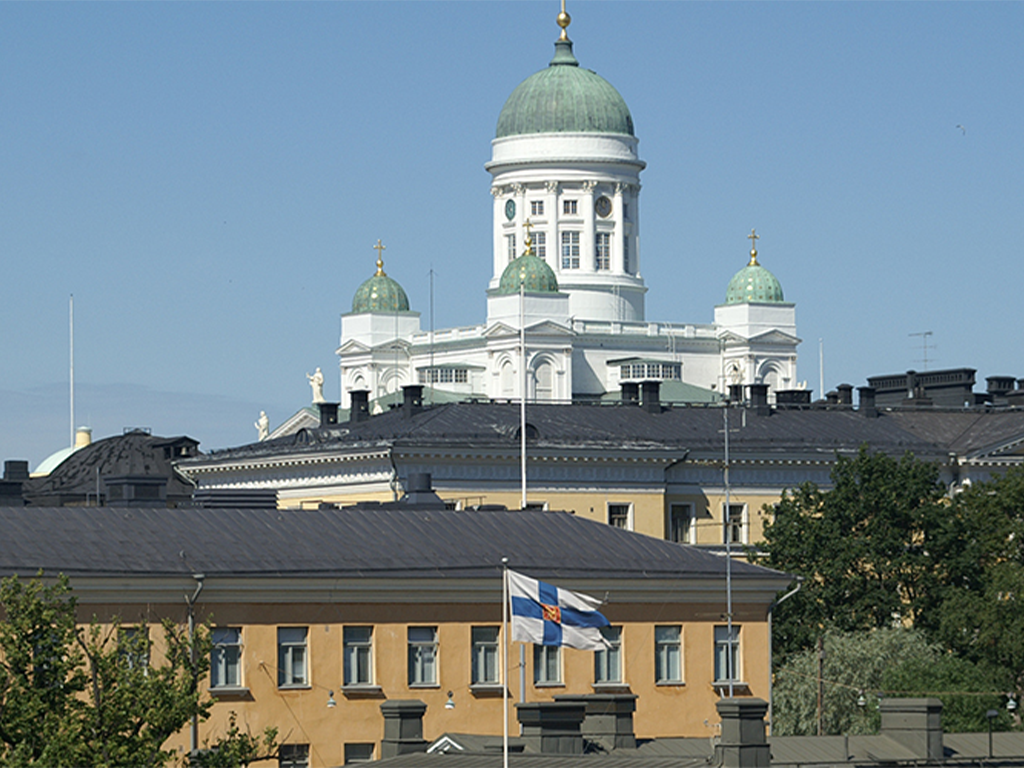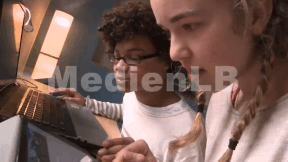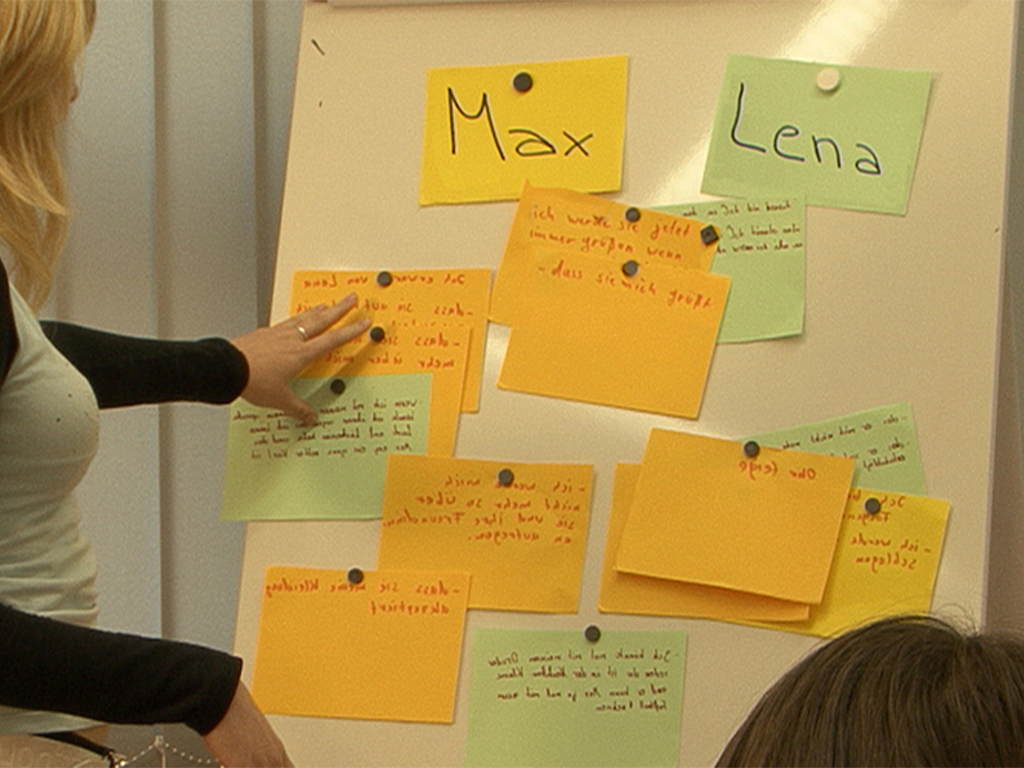 Geography
Geography

4656542 / 5551305
Capitals of Northern Europe
Helsinki, Copenhagen, Oslo, Reykjavik, Stockholm
This DVD presents the five capitals of Northern Europe: Helsinki, Copenhagen, Oslo, Reykjavik and Stockholm. The pupils learn about the topographic situation of the capitals in Europe and in their respective country. The history of the cities and their development are outlined, as well as their particularities. This encompasses imposing buildings, famous sights, historical monuments, architectural characteristics and also the cultural life. The pupils are informed on the economic relevance of the capitals within the respective country as well as about their infrastructure and traffic and transport connec- tions to other countries. Impressive pictures capture the uniqueness of each one of the capitals and illustrate their characters. The facts of the film are complemented by extensive accompanying materi- al, which deepens the pupil’s understanding. Here, not only those aspects of the cities already mentioned are discussed but also the topographic, climatic and political mapping of their respective countries (Finland, Denmark, Norway, Iceland and Sweden). The pupils learn to assign the capitals to their respective countries and to characterise them as well as to compare and assess them.
Play trailer
Curriculum-centred and oriented towards educational standards
Matching
Computer Games
This film covers the topic of computer games in a variety of ways and from many different angles. Apart from the fascina- tion of computer games for users, the historical development as well as the production of computer games are described. The established genres are introduced, the guidelines of the German BPjM are explained. In light of recent public discussions, a neutral overview of the pros and cons of playing computer games is given, and different kinds of player behaviour are outlined. In this film, the pupils will recognise many aspects of their favourite pastime that encourage an independent, constructive use of this medium and reinforce their media competency. The film and teaching material are very closely related to the real-life situation.
Peer Mediation
Lena and Max attend the 7th form. Max is new in class. During a break, Max notices that Lena and her friend are laughing at him again. Max loses his temper! He slaps Lena in the face. That hurts and Lena runs back into the classroom with a red cheek. The growing conflict between the two has escalated. Just like Lena and Max, every day pupils all over Germany have rows with each other. At the Heinrich Hertz Gymnasium in Thuringia, pupils have been trained as mediators for years. At set hours, they are in a room made available by the school specifically for mediation purposes. The film describes the growing conflict between Max and Lena and shows a mediation using their example. In doing so, the terms “conflict” and “peer mediation” are explained in a non-technical way. The aims of peer mediation and its progress in five steps as well as the mediators’ tasks are illustrated. The art of asking questions and “mirroring”, which the mediators must know, is described and explained. Together with the comprehensive accompanying material, the DVD is a suitable medium to introduce peer mediation at your school, too.









